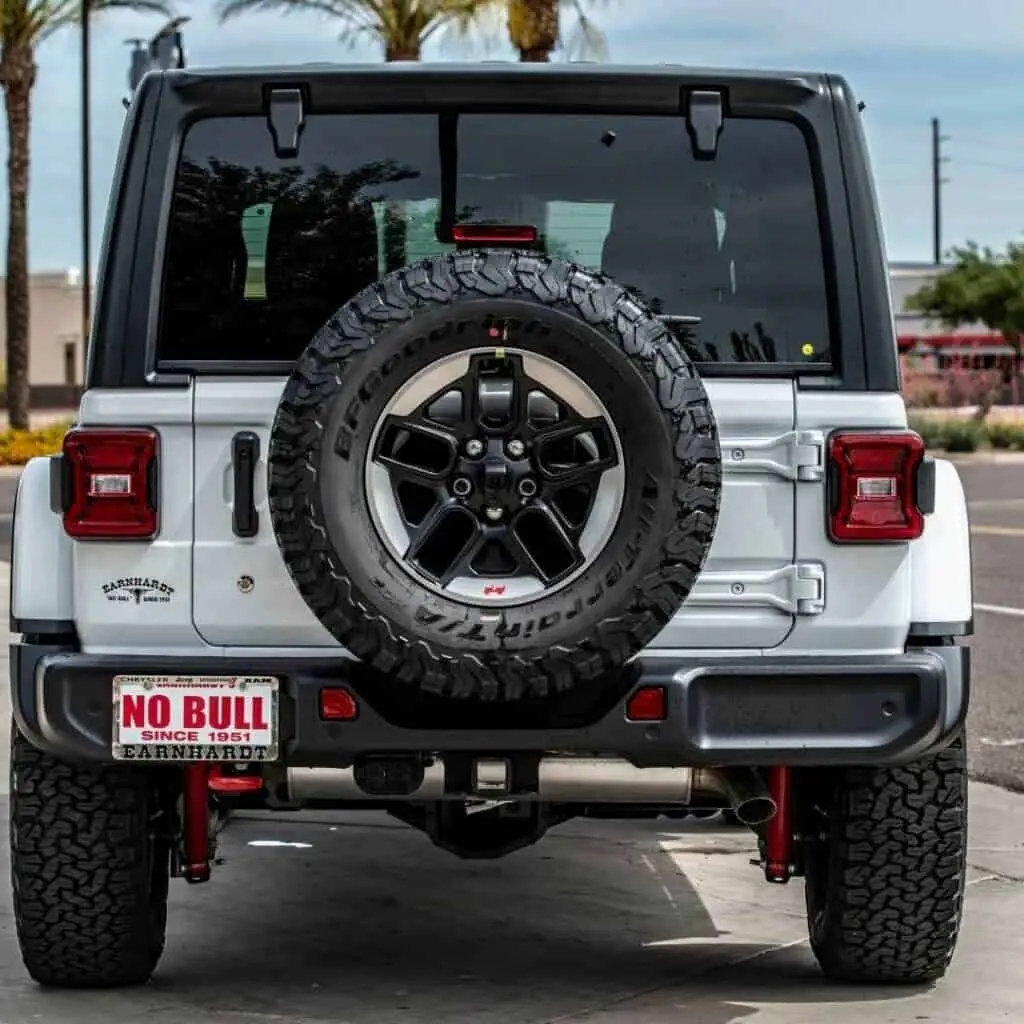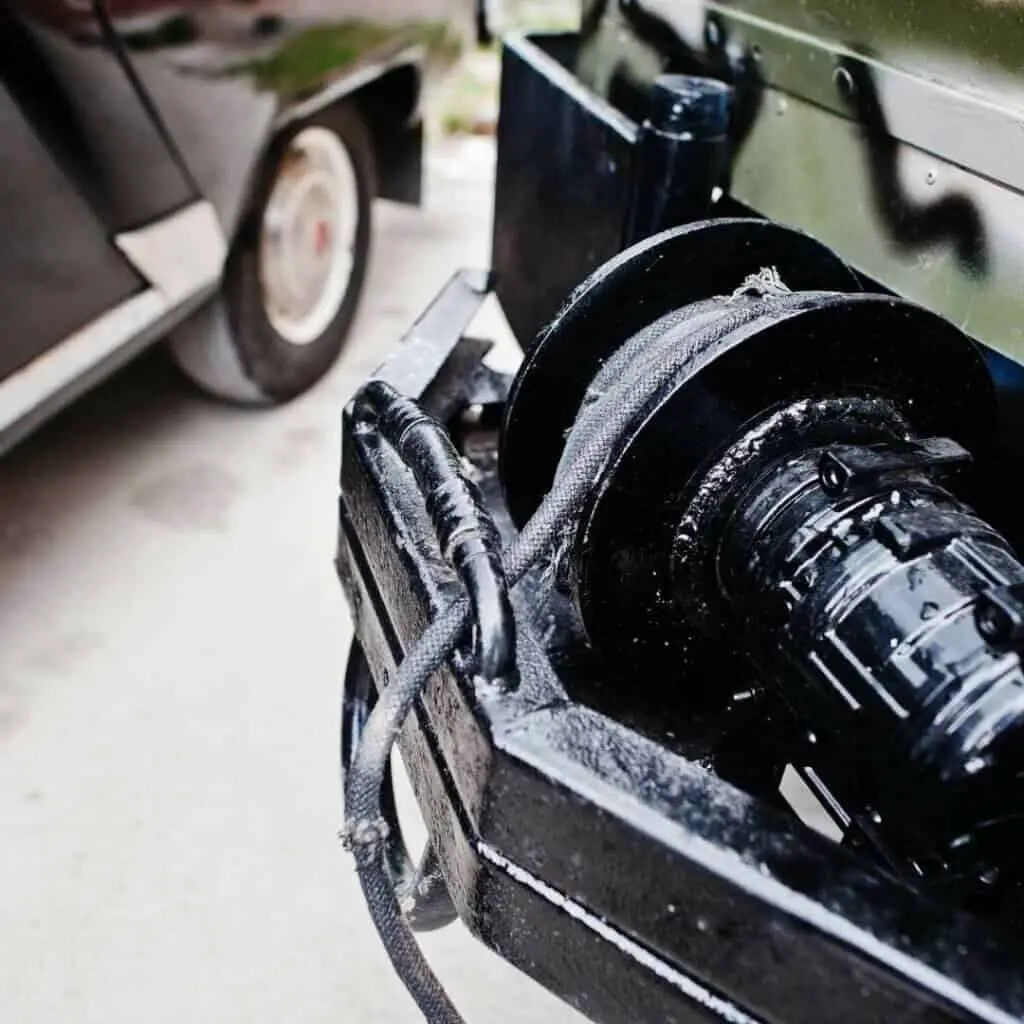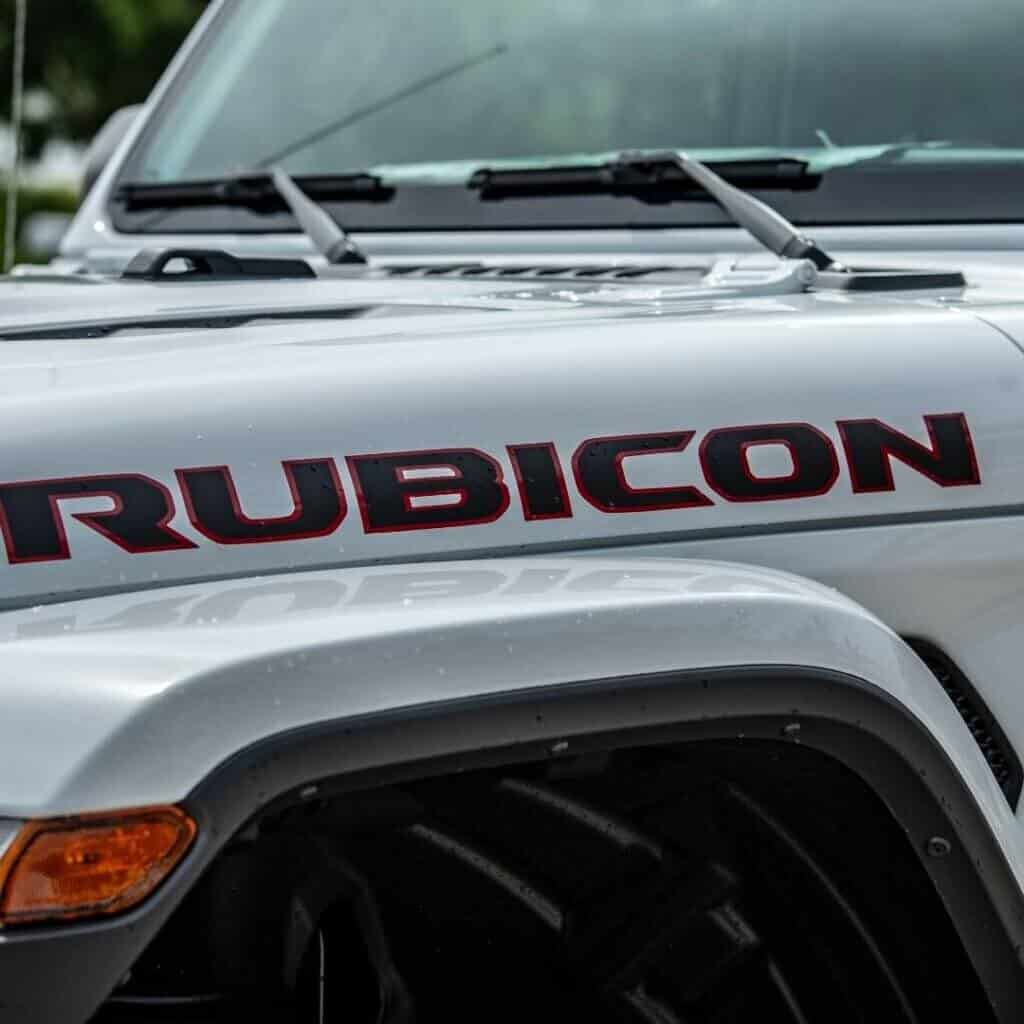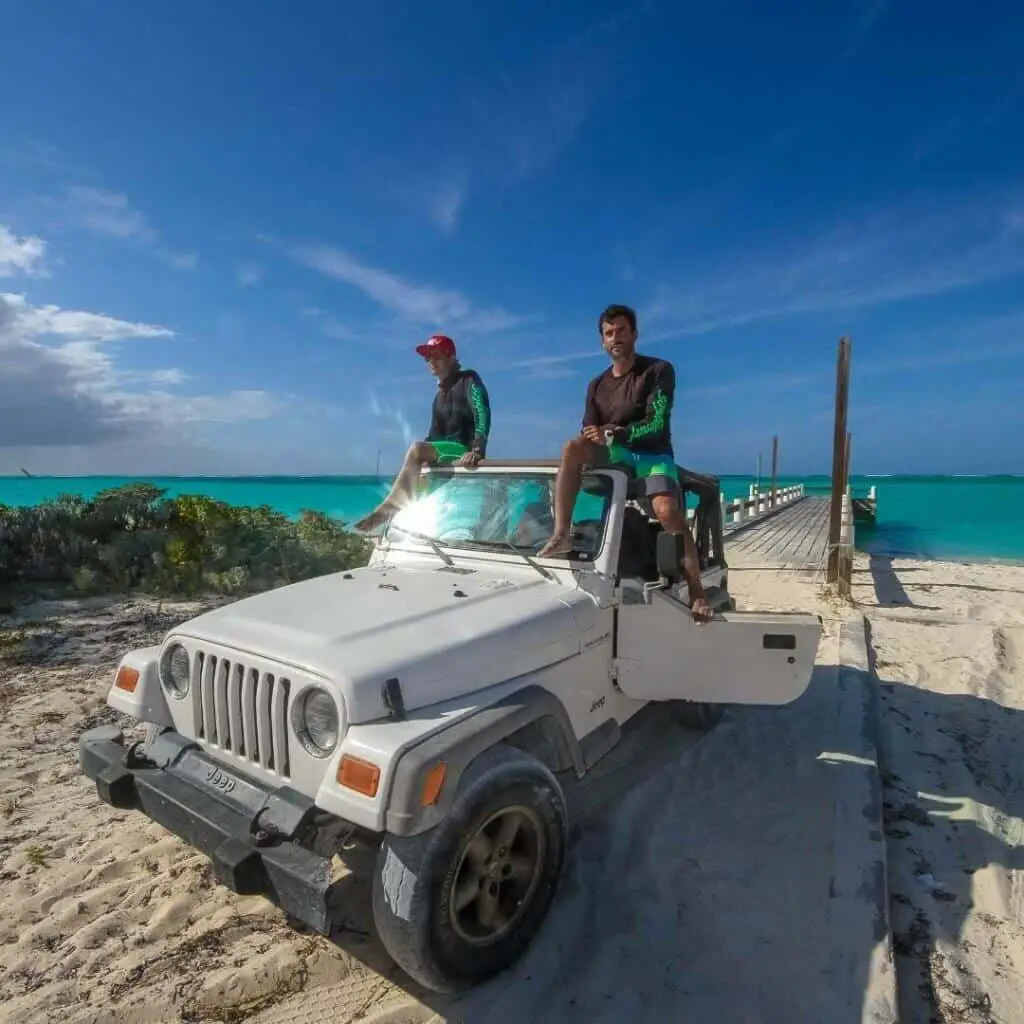Most automobiles begin to have problems in their fifth year. But I’m pleased to announce that Jeeps suffer from no such issues. Jeep Vehicles can perform excellently for more than fifteen years. However, the cost of a new Jeep Wrangler can be more than overwhelming; a used Wrangler is the way to go. But when buying a used Wrangler, how many miles is too much?
Many factors can affect this, and there is not one correct answer to this question. It all depends. On what? You may ask. Well, a Wrangler kept in mint condition can exceed the 400k miles mark. Older Wrangler models may begin to develop faults after 200k miles.
So, what is a good mileage for a used Jeep Wrangler? In general, the Wrangler is designed for longevity and well exceeds the five-year mark other vehicles fall prey to. The U.S. Department of Transportation states that an average person drives 13,500 miles annually. So, if you want to determine if a Jeep has good mileage, multiply 13 500 by the age of the vehicle.
Should you buy a Jeep with 150k miles?
Since we’ve already established that jeep wranglers can surpass the 100k mark quite easily. Your decision should also depend on the condition and history of the car.
Why Are High Mileage Jeeps Such a Big Deal?
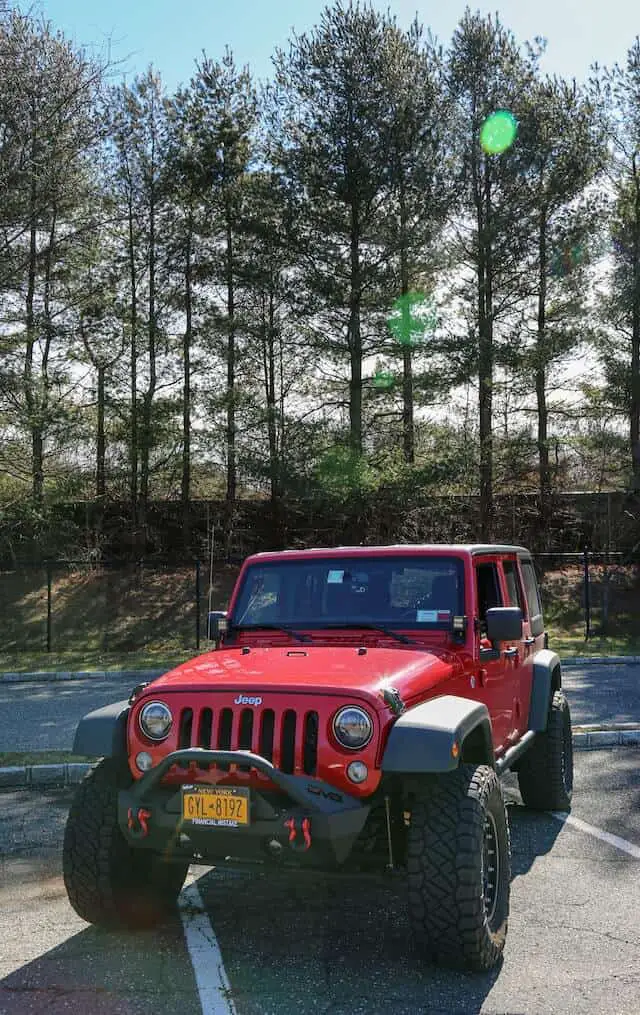
Used cars typically have a terrible reputation. And this makes drivers get discouraged from purchasing used vehicles. For example, many believe buying used Jeeps is a waste of good money, either because of their unpleasant experience with a shady roadside dealership or because they think buying used ones is risky.
In this case, the Jeep Wrangler is one of the exceptions to that rule. A Jeep Wrangler over 100k miles is still very far from the danger zone. And at the 100k like mark, the vehicle will need to be taken for servicing. But this doesn’t cost a lot. The 2018 Jeep Wrangler 100k mile service costs an average estimate of $755.
Why Buy a Used Vehicle?
Used cars usually get a bad reputation, and drivers are often turned off from buying used cars. Either way, there is always an exception to the “rule,” or in this case – the Wrangler fallacy.
Not only does the Wrangler take the crown regarding resale awards, but it proved to be a timeless classic every driver is eager to own. So let’s take a sneak peek at some reasons to buy a used Jeep Wrangler. [1]
Less Expensive Modifications
As it should be with any used car, you will certainly pay less for a used Jeep Wrangler. What makes a used Wrangler remarkable is that the previous driver may have paid more to modify the Jeep for enhanced performance. This is common practice and if you are looking for an authentic off-road performer, keep an eye out for a Wrangler that has been adequately modified for this purpose.
Own Special Editions for Less
One thing that Jeep does better than most other manufacturers is that it offers special edition models of every nameplate in their lineup. The Jeep Wrangler has seen countless iterations of these limited edition models. Of course, they will cost a ton more upfront when buying new ones, but purchasing a used one will be easier on your bank account.
Exceptional Resale Value
Did I mention that the Wrangler is consistently named one of the top models for best resale value? If I did, I’m saying it again for emphasis. Some buyers may consider this a negative, but this is actually a major positive.
The better a car holds its value, the longer it will last, and the more life you will get out of it. So buying a used Wrangler could last just as long as buying one new would – and who would fail to see the benefit?
Trail Worthy
If you are in the market for a Wrangler with the sole purpose of taking it out ‘into the wild,’ then a used version is your best bet. Rolling off the dealer lot in a brand-new car might look like a lot of fun, but it can also feel like walking on eggshells.
You might be hesitant to put your new baby through a hard life, and driving down the highway can feel like you’re holding a newborn child. Rather than worrying about the possible damages to your new Jeep, you can buy a quality used Wrangler and head off-road the minute the keys drop in your hand. Bring on the dirt, dings, and every possible type of terrain.
Low Cost of Ownership
Another award the Wrangler is taking home is its low cost of ownership. Jeep Wranglers are recognized yearly for saving drivers money due to their low maintenance costs. The Wrangler was built to be durable and withstand whatever challenge it encountered. This rugged construction helps make the Wrangler the reliable SUV that it is known as, which is a good part of why owning one is relatively cheap.
Jeep Reliability Ratings
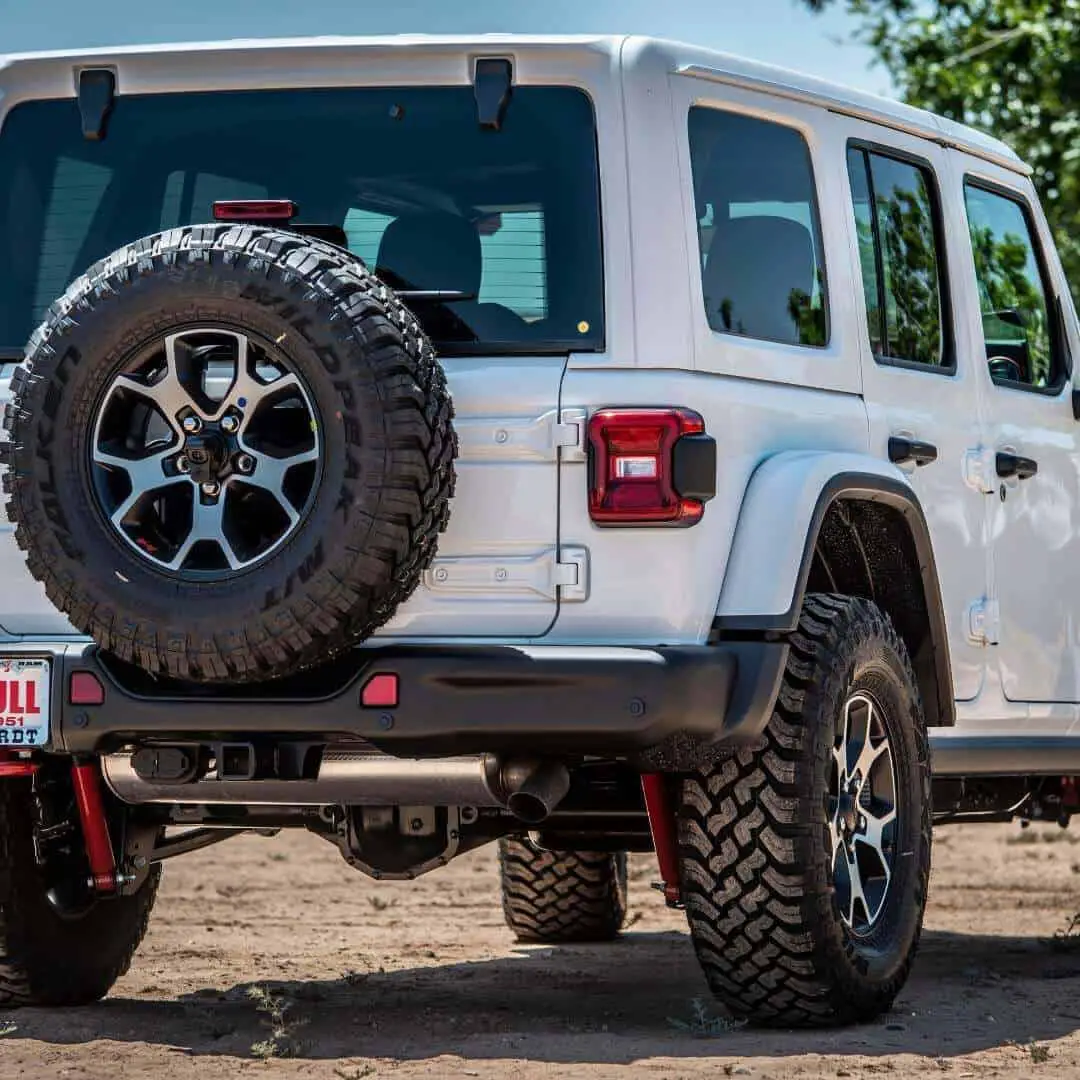
If you want a vehicle that can give you more miles, you need to look at the reliability scores. A reliable vehicle is less likely to have significant problems and rack up more miles on the road.
So, is Jeep a reliable car brand? Well, it’s a mixed bag.
Jeep typically has a reliability rating that’s slightly ahead of its counterparts. According to RepairPal, Jeep has a reliability score of 3.5 out of 5.0 and ranks 15th out of 32 car brands.
In addition, it would cost Jeep owners an average of $634-$651 per year for unscheduled repairs. [1]
Jeep scored an average of 0.3 shop visits for repairs annually. Also, the frequency of serious Jeep repairs is 13%, slightly higher than 12% for all car models.
Jeep Wrangler’s average lifespan is 10-15 years and 100k-280k of mileage. However, more than a few Wrangler owners boast that theirs has reached 400k, which is very impressive. A good example of a reliable Wrangler is the 2018 model.
Factors to Consider Besides Mileage when Purchasing a used Wrangler
There are worse choices out there aside from buying a used Jeep Wrangler. Wrangler is one of the country’s most popular and iconic vehicles (for a good reason), and they have been since its first production. [2]
Even though the modern Wrangler line only dates back to 1986, they mimic a style that has been favored since Jeeps were first sold to the military, starting in 1941.
If you’re looking to purchase a used Wrangler, it would be safer to steer clear of the 2008, 2012, and 2014 model years because of their general problems at relatively low mileage.
Look for rust
Rust anywhere on a vehicle may not be a major cause for concern. However, it is important to know that once rust spreads, it is no longer a cosmetic issue; it can severely threaten the structural integrity of a Jeep. This should be a valid concern when you intend to buy a used Wrangler, and given the way Jeeps are normally used, they’re alarmingly predisposed to rust.
Give the exterior of the Jeep a thorough once-over and check the main body panels for any signs of rust; open the doors and hood and check for rust around the hinges where moisture can get trapped and would be hidden from view. You should also check under the floor liners or carpets. Also, make sure you check for rust on the undercarriage.
Some rust can be overlooked, especially in an older model, but it’s definitely a red flag if there are parts that are completely rusted and eaten through.
Inspect the undercarriage
The state of the undercarriage will tell you a whole lot about how the prior owner cared for the Wrangler. Unfortunately, rust damage here is also a bad sign.
Many Jeep Wranglers have skid plates. These heavy steel plates safeguard the Jeeps’ undercarriage from rocks, stumps, and other debris. Inspect all these for damage, as they can give you a pretty good picture of what the previous owner did and didn’t do.
Pop the Hood
When you inspect a used vehicle, one of the first things you’re advised to do is probably, “Check under the hood.” This is the one piece of advice that you shouldn’t ignore. However, you must remember that most people get a Jeep Wrangler to go off-roading. So, the car may have little bruises and scratches. Also, ask the previous owner what they used the car for and how often they drove on rough terrains.
Check the Tires
Tires are replaceable, so they shouldn’t be the number one priority– but – the tires can also tell you more about the Jeep’s history.
For example, if the tires or wheels are rundown, there’s a high probability that the rest of the Jeep’s also been abused. Also, look for wear around the edges of the treads, which may suggest an issue with alignment.
Read Also: Quiet Tires for Jeep Wrangler
Check for leaks
Use a small blacklight or your phone’s light to shine under the hood of the Jeep as well as the undercarriage when you inspect the Jeep. The blacklight should help you detect any signs of fluid leakage.
Modifications
It would be best if you inquired into the used Jeep Wranglers for modifications. While these might have been a big deal to the previous owner, they might not hold any value to you.
History of Service
Don’t forget to ask for the service history of the used Jeep Wrangler. If there are no suspicious activities and the Jeep has been regularly tuned up and serviced, there’s a good chance the previous owner maintained the Jeep.
Take it for a Test Drive
When you go out for the test drive, really pay attention and take your sweet time to feel out the vehicle. Observe how the transmission handles shifts; feel the suspension through the road to see how smoothly the Jeep rides. Try out the brakes and the accelerator. This is your opportunity to inspect all critical features and avoid getting lost in the decorative niceties of satellite radio and navigation systems.
How to Boost the Life of your Jeep Wrangler
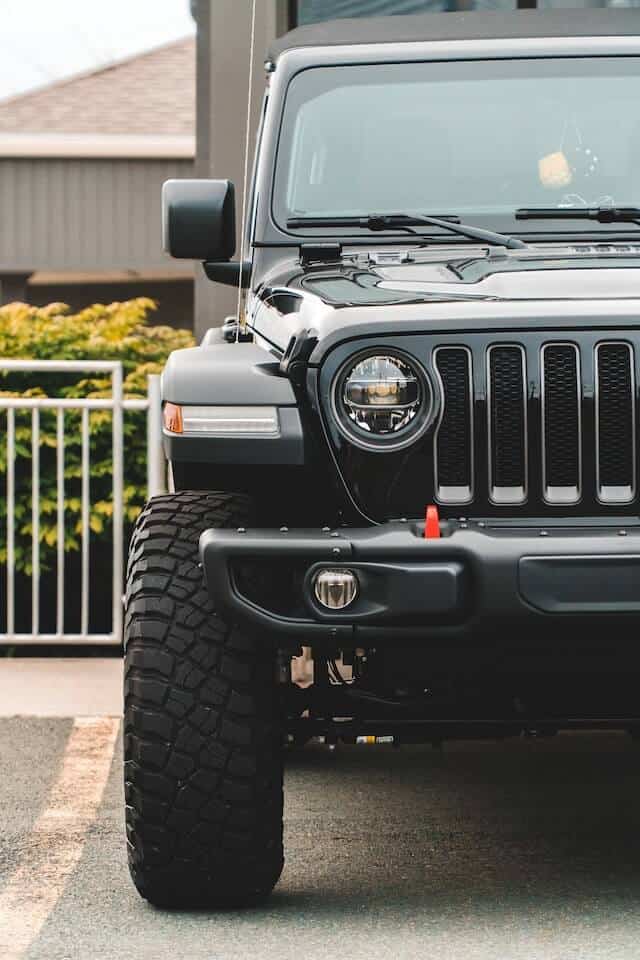
Based on various reputable automobile sources, the Jeep Wrangler can boast more than 200,000 miles on the odometer. This translates to over 15 years of service when driving 13,000 miles a year.
Though it varies from one model year to another, owners can naturally avoid expensive transmission and engine overhauls by obeying the manufacturer’s recommended maintenance routine.
Some of those guidelines are highlighted below:
- Every 7500 miles– Undergo an oil change and tire rotation
- Replace the A/C filter and inspect the brakes every 20k miles
- Replace your air conditioning filter, inspect the brake lining, inspect the transfer case fluid and check the CV and Universal joints every 30k miles
- Change front and rear axle fluid every 40k miles.
- Change your transmission and transfer case fluid every 60k miles.
- Check the belts and replace the PCV valves every 100k miles
- Conclusion
A Jeep Wrangler with over 100k miles is nothing out of the ordinary. However, it’s not the mileage on a vehicle that really counts but rather its maintenance and use.
Read Next: P06dd Jeep Wrangler – Error Explained

